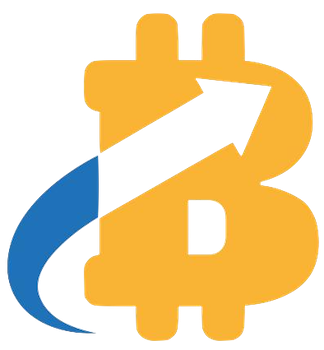The winds of change are sweeping through the U.S. regulatory landscape for cryptocurrencies, presenting both opportunities and challenges for industry participants. The U.S. administration is signaling a subtle shift, moving away from stringent regulatory frameworks toward a more thoughtful and growth-oriented approach. This is not merely welcome news; it’s a necessary evolution. For too long, U.S. regulators have lagged behind their global counterparts, particularly in crafting frameworks that govern stablecoins—those digital currencies that are crucial for bridging the gap between traditional fiat and the blockchain universe.
Recent developments in Washington, such as the reevaluation of the Securities and Exchange Commission’s (SEC) stringent custody requirements for investment advisers, hint at a desire for clearer guidelines that could stimulate innovation rather than hinder it. This instinct to create an environment that encourages growth is crucial. Still, one must wonder, is the U.S. acting swiftly enough to secure its position as a global leader in crypto, or is the window of opportunity closing with every passing day?
The GENIUS Act: A Step in the Right Direction
At the heart of this evolving narrative is the GENIUS Act, a dual regulatory framework designed to establish rules around U.S. dollar-pegged stablecoins. If passed, it could radically transform the framework within which stablecoins operate, requiring issuers to maintain full reserves in safe, liquid assets like Treasury bills or insured deposits. With stablecoins increasingly serving as the backbone of modern commerce—processing trillions in annual transactions—the significance of this act cannot be overstated.
Bo Hines, who leads a federal working group on digital assets, aptly points out that thoughtful stablecoin legislation has the potential to unlock vast economic opportunities and consolidate the dollar’s preeminence on the global stage. The institutional backing mandated by the GENIUS Act would not just lend credibility to U.S.-regulated stablecoins but could also position them as integral components of international finance—empowering payroll systems, remittances, and even interactions with central banks.
However, as optimism mounts, caution is warranted. The landscape of global finance is deeply interconnected. U.S. financial policies set the paradigm; therefore, failure to provide robust guidelines may inevitably push innovation into regulatory gray areas—compromising oversight and liquidity in the process.
The Geopolitical Ramifications of Cryptocurrency Regulation
The political climate surrounding cryptocurrency and stablecoin regulation cannot be discussed in isolation. As whispers of a potential second Trump administration grow louder, industry observers speculate whether this will herald an era of accelerated deregulation. Trump’s past rhetoric regarding business and innovation suggests he may view cryptocurrency through a lens of economic growth rather than financial control.
Could a more lenient regulatory framework foster an environment where cryptocurrencies, particularly stablecoins, become tools for geopolitical strategy? Harnessing the power of stablecoins to extend U.S. dollar influence worldwide may not merely be a possibility but a likelihood. The success of the GENIUS Act could become foundational in this vision, yet the outcome will hinge heavily on policy tone and enforcement strategy.
The Integration of Crypto and Traditional Finance
One compelling aspect of the evolving financial landscape is the diminishing boundary between traditional finance (TradFi) and the cryptocurrency sector. Financial institutions are increasingly collaborating with crypto entities, exploring blockchain technology as a means to modernize their services. Innovations in scalability—such as Layer-2 networks—along with compliance frameworks are bridging gaps that once seemed insurmountable.
Major financial players are demonstrating their commitment to this integration. A European bank’s recent engagement in Project Dama 2, an Ethereum-based Layer-2 network tailored for financial institutions, showcases the momentum building behind crypto adoption among traditional entities. Major IPOs by established crypto firms also demonstrate that digital assets are no longer relegated to niche markets; they are now positioned at the forefront of global finance.
Stablecoin adoption is on the rise not solely due to demand from cryptocurrency enthusiasts but also due to a broader push from payment giants. Names like Visa and Stripe are integrating stablecoins into their platforms, solidifying their utility in commonplace transactions.
The Path Forward: Regulation and Maturity in the Crypto Space
Looking ahead, the role of cryptocurrency exchanges cannot be overstated. As the primary gateways for retail and institutional investors alike, exchanges must adapt to evolving regulatory environments and security standards. The transformation of crypto exchanges into compliant, secure platforms signals a critical juncture in the journey toward widespread acceptance.
In this context, the notion that diligent regulatory compliance leads to greater consumer trust is paramount. As exchanges evolve to meet stringent demands and establish bank-grade compliance, the discourse around digital assets shifts from “too risky” to a “viable investment.” This paradigm shift is essential for practically all stakeholders in the financial ecosystem.
The thrilling frontier of cryptocurrency seems poised for maturation, carrying potential benefits while also presenting risks. Navigating this complex landscape with a commitment to user protection and operational transparency is crucial. As we approach 2025, the cryptocurrency sector stands at a unique crossroads—one that could redefine its integration into the broader economic framework, should the right moves be made today.


















Leave a Reply